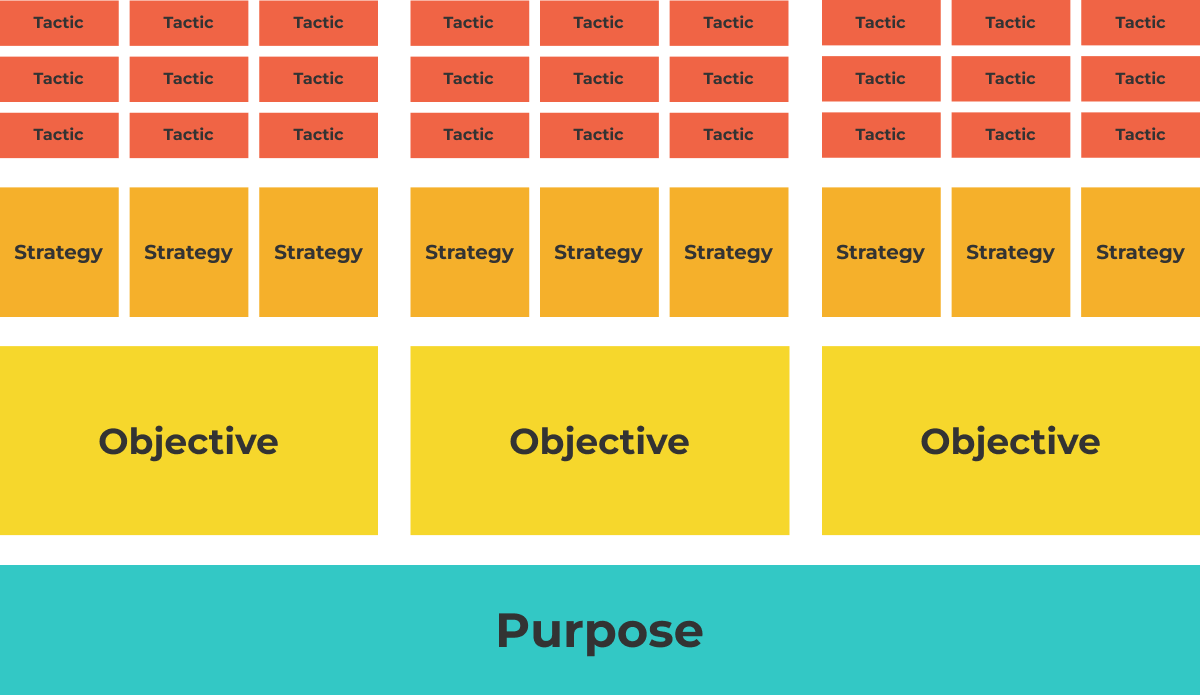Gauging the Success of Your Content Technique: Necessary Metrics to Track
In the world of digital advertising and marketing, the efficiency of a content approach is commonly assessed through various metrics that reflect both reach and impact. While web traffic metrics provide a foundational understanding of audience interaction, it is the mix of interaction and conversion metrics that truly exposes the depth of material vibration and its monetary effects.
Web Traffic Metrics
In the realm of material technique, comprehending traffic metrics is important for evaluating the performance of electronic campaigns. These metrics offer insights right into customer habits, helping companies establish the reach and effect of their web content. Trick website traffic metrics consist of web page sights, distinct site visitors, and session duration, each offering distinct perspectives on target market engagement.
Page sights show the complete variety of times a webpage has been seen, while special site visitors gauge the variety of distinctive individuals accessing the content, therefore getting rid of replicate matters. Tracking these two metrics with each other allows for an extensive understanding of material usage patterns. In addition, session period discloses how much time customers are interacting with the content, offering insights into its relevance and engagement level.
Assessing website traffic resources is also important; it helps determine where visitors are coming from, whether organic search, social networks, or recommendations. This info is essential for refining marketing techniques and optimizing content distribution networks. By concentrating on traffic metrics, companies can assess the visibility of their web content, identify patterns, and make notified choices to improve overall web content method efficiency. In summary, website traffic metrics offer as fundamental signs that assist tactical adjustments and foster continuous renovation.
Engagement Metrics
While website traffic metrics give important understandings into customer reach and habits, involvement metrics use a deeper understanding of just how audiences engage with content once they get here. These metrics are critical for examining the quality of individual interactions and the general performance of a content approach.
Trick involvement metrics include time on page, scroll deepness, and social shares. Time on page shows for how long customers spend consuming material, which can expose its importance and appeal. Scroll depth determines just how far down the page customers scroll, providing insights right into content structure and readability. Social shares show the level of vibration with the target market, highlighting content that triggers customers to share with their networks.
Additionally, comments and user-generated web content can act as indicators of audience interest and involvement. High interaction degrees often associate with enhanced brand name loyalty and campaigning for, as individuals who interact with content are a lot more likely to keep in mind and support the brand name.
Conversion Metrics
How successfully does your material drive preferred actions from your audience? Conversion metrics are important for examining the performance of your web content strategy in encouraging individuals to take certain actions, such as enrolling in an e-newsletter, making a purchase, or downloading and install a source. By tracking these metrics, you can determine the return on financial investment (ROI) of your web content efforts and identify why not try here areas for renovation.
Key conversion metrics include conversion price, which measures the portion of visitors that complete a wanted action, and the typical order value, which indicates the regular amount invested by clients. Furthermore, tracking list building metrics, such as the variety of leads gotten via content, can give understanding into the efficiency of your material in supporting prospects down the sales funnel.
Another vital metric is client acquisition cost (CAC), which analyzes the complete expense connected with getting a new client via your content initiatives. Content Strategy Agency. By evaluating these metrics, you can make data-driven choices to optimize your material strategy, improve your messaging, and boost calls-to-action, inevitably leading to boosted conversions and service development
Search Engine Optimization Efficiency

First, organic website traffic offers as a key indicator of search engine optimization success, reflecting the number of site visitors arriving at your website through internet search engine results. Assessing natural web traffic trends with time can expose the efficiency of your optimization efforts.
2nd, keyword positions are important as they show exactly how well your content carries out for targeted search terms (Content Strategy Agency). Keeping track of variations in positions can assist you improve your key words method and focus on material renovations
Third, click-through rate (CTR) is vital, as it measures the portion of individuals that click your web link after seeing it in search results page. A high CTR suggests that your titles and meta summaries are pertinent and engaging to user queries.
Social Media Site Impact
What role does review social networks play in improving material method metrics? Social media site works as a powerful amplifier for material circulation, dramatically affecting involvement, reach, and brand name recognition. By tracking social media sites metrics such as shares, suches as, remarks, and overall engagement rates, companies can determine the effectiveness of their web content approach and identify what reverberates with their target market.
Additionally, social networks systems give beneficial demographic insights, permitting companies to tailor material to certain audience sectors. Keeping track of referral web traffic from social networks to the website likewise aids in understanding the conversion potential of social media sites projects. The correlation in between social media communications and site efficiency can reveal the performance of content in driving customer habits.

Conclusion
In conclusion, gauging the success of a content technique demands a comprehensive analysis of different metrics. Website traffic metrics disclose the reach of web content, while engagement metrics offer understandings right into target market communication.
While traffic metrics offer a fundamental understanding of target market involvement, it is the mix of involvement and conversion metrics that truly exposes the deepness of material resonance and its monetary ramifications. By focusing on web traffic metrics, organizations can evaluate the exposure of their material, identify trends, and look at this web-site make informed choices to enhance total content strategy effectiveness. By tracking social media metrics such as shares, likes, remarks, and total involvement prices, companies can determine the performance of their material technique and identify what resonates with their target market.
In recap, leveraging social media effect metrics not only enhances the understanding of material performance however also educates future web content development, making sure positioning with audience choices and optimizing general technique effectiveness.
